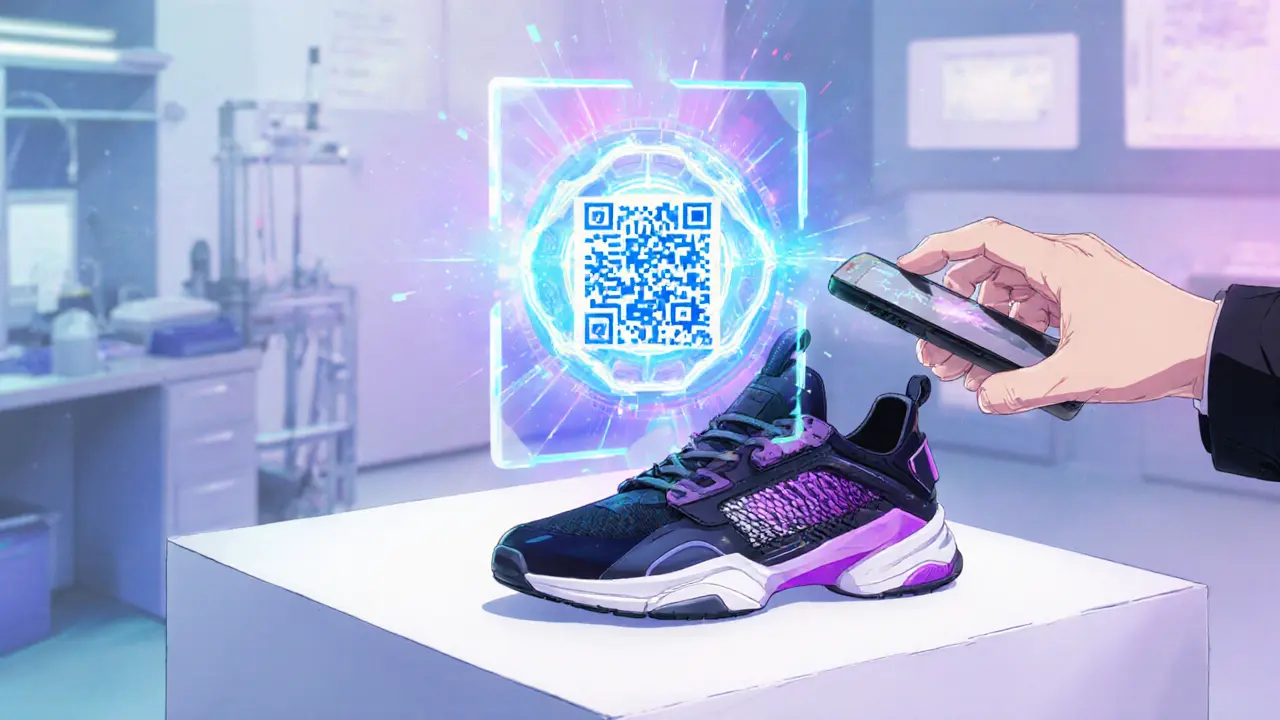NFT Supply Chain Explained
When working with NFT supply chain, the end‑to‑end process that tracks creation, storage, transfer and verification of non‑fungible tokens across blockchains. Also known as NFT logistics, it connects artists, marketplaces, custodians and collectors in a single flow that depends on reliable infrastructure.
The backbone of any decentralized NFT storage, solutions that keep token metadata and assets safe on distributed networks like IPFS, Arweave or Filecoin, is permanence. Because an NFT’s value lives in its metadata, losing that file erases the token’s identity. This storage layer requires a supply‑chain‑grade approach: redundancy, content‑addressed hashes and immutable records. When a creator mints an artwork, the metadata gets pinned on a decentralized node, a unique hash is written to the token smart contract, and every future holder can verify the content without trusting a single server.
Moving tokens between blockchains adds another critical piece: cross‑chain bridges, protocols that lock an asset on one chain and mint a wrapped version on another. A trustless bridge lets an NFT created on Ethereum appear on Polygon, Solana or Avalanche, opening new markets while preserving provenance. The NFT supply chain depends on bridges to avoid siloed assets and to keep liquidity flowing. Secure bridges use multi‑sig custodians, fraud proofs or zero‑knowledge proofs, reducing the risk of double‑spending or lock‑ups.
Not every team has the chops to build that infrastructure from scratch, which is where Blockchain-as-a-Service, cloud platforms that provide ready‑made nodes, smart‑contract frameworks and monitoring tools comes in. BaaS providers let a marketplace launch an NFT collection in hours instead of weeks, handling node reliability, API scaling and security patches. By abstracting the heavy lifting, BaaS enables creators to focus on the token story while the supply‑chain components—storage, bridges, analytics—run on a managed layer.
Finally, the next frontier blends digital tokens with physical infrastructure through DePIN, decentralized physical infrastructure networks that reward participants with native tokens for providing real‑world services. Think of a sensor network that records environmental data and mints an NFT proof of location, or a decentralized courier system that tracks a physical artwork with a token tied to its journey. DePIN projects extend the NFT supply chain beyond the blockchain, creating a closed‑loop where the token represents both digital ownership and a tangible asset.
All these pieces—secure storage, reliable bridges, scalable services and real‑world links—form the NFT supply chain you’ll see in action across our curated articles. Below you’ll find deep dives, how‑to guides and real‑world examples that show each component at work, helping you build or understand token logistics with confidence.
How NFTs Transform Supply Chain Management: Key Benefits
Explore how NFTs boost supply chain transparency, stop counterfeits, enable digital product passports, and automate payments, giving managers real-time, tamper‑proof product histories.












